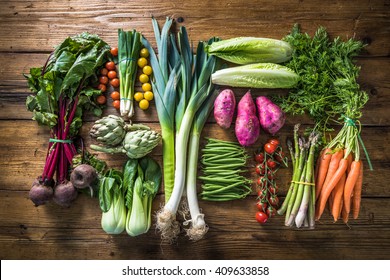Public Health
Information from Public Health
In Ontario, the Immunization of School Pupils Act requires that all students attending school be fully immunized or have a valid exemption on file. Wellington-Dufferin-Guelph Public Health (WDGPH) has recently mailed immunization notices to elementary students with incomplete vaccine records. To avoid suspension, please update your child’s immunization record by March 6, 2020.
If the student has already received the immunization(s), report them using one of these methods:
- Online: View and report immunizations at immunizewdg.ca. Sign-in using your Ontario Health Card Number or the Ontario Immunization ID (provided on your Immunization Notice if received by mail from WDGPH).
- Email: Send a copy of the record to [email protected]
- Call: 1-800-265-7293 ext. 4396
If the student needs the immunization(s) do one of the following:
- Make an appointment with student’s health care provider, bring the notice from WDGPH with you, and follow up by reporting the immunization(s) to WDGPH.
- Call 1-800-265-7293 ext. 4134 to make an immunization appointment at WDGPH.
If the student is not being immunized for medical or conscience/religious reasons:
- Access the appropriate exemption form at wdgpublichealth.ca/your-kids/vaccination
For the Statement of Conscience or Religious Belief Exemptions a parent/guardian must also complete an immunization education session at WDGPH. For an appointment call 1-800-265-7293 ext. 4134.
Fun facts about vaccines!
- You are 4 times more likely to get hit by a meteorite than to have a serious reaction to a vaccine.
- You have a 0.00013 percent chance of having a serious reaction to a vaccine!
- Vaccination is among the most successful and cost-effective health initiatives; routine immunization is the foundation of the health care system and universal health coverage.
- Vaccines save millions of lives each year.
- Vaccines are for people of all ages; vaccinations are for a lifetime.
- We all have a part to play as advocates, individuals, parents, health care workers and innovators; individuals must drive the vaccine process.
- Health Care Workers have a critical role to play to counteract vaccine hesitancy.
PARENT TIP – Check out this link for tips to help your child cope during immunizations!
Protect you and your family from cold and flu viruses:
- Wash hands often with soap and water. Carry an alcohol-based hand rub in your purse and car to use if soap and water are not available.
- Avoid touching your eyes, nose and mouth. Germs spread this way.
- Avoid close contact with sick people.
- If you are sick, limit contact with others as much as possible to keep from infecting them.
- Cover your nose and mouth with a tissue when you cough or sneeze and throw it out after use. If a tissue is unavailable, cough or sneeze into your elbow -never into your hands.
- Clean and disinfect frequently touched surfaces and objects that may be contaminated with germs like the flu.
- Get a flu shot. People at high risk of serious flu complications include young children and infants, pregnant women, people with certain chronic health conditions like asthma, diabetes or heart and lung disease and people 65 years and older. Children younger than 6 months are too young to be vaccinated so people who care for infants should be vaccinated instead.
Source: https://www.cdc.gov/flu/prevent/actions-prevent-flu.htm
How we talk about food matters
How many times has your child heard “candy is bad for you”. Labelling foods as bad can cause children to feel guilt or shame after eating and enjoying these foods. Instead, help your child understand that all food can fit into a healthy eating pattern. There are foods we eat everyday at meals and snacks such as vegetables and fruit, whole grains and protein foods. Call these “growing foods”, foods that help children grow, learn and play. There are also “treat” or “play” foods. These foods have little nutritional value but are pleasurable to eat such as donuts, chips, candy, cake, cookies, French fries and sugar sweetened beverages. These foods we eat less often than growing foods. I like the 80/20 rule. Eighty percent or more of what we eat are growing foods and 20% or less are treat foods. Be aware that children who are forbidden from eating treat foods may overeat them when they get the opportunity.
You can help your child develop a healthy eating pattern by role modeling:
- choosing, preparing and eating growing foods at meals and snacks everyday
- enjoy treat or play foods at meals or snacks less often without guilt
For more information about a healthy eating pattern check out Canada’s Food Guide.
Categories: News



